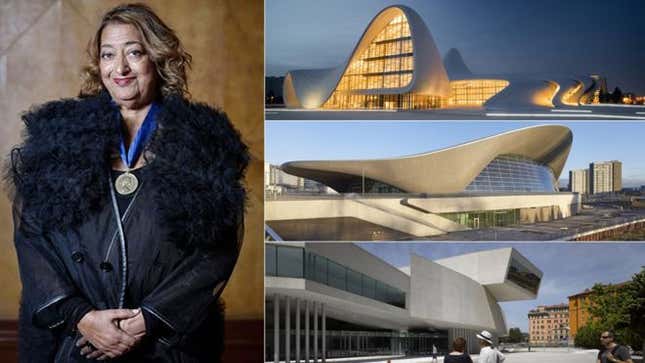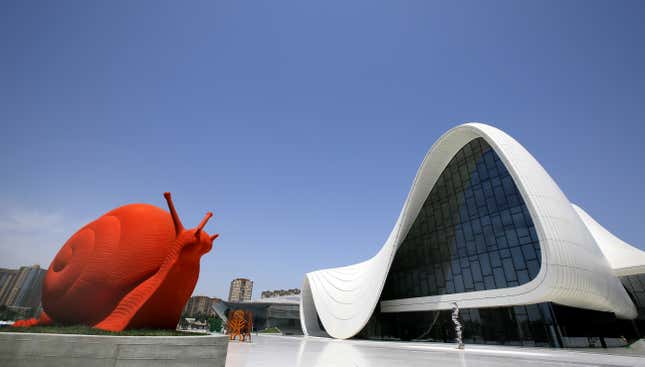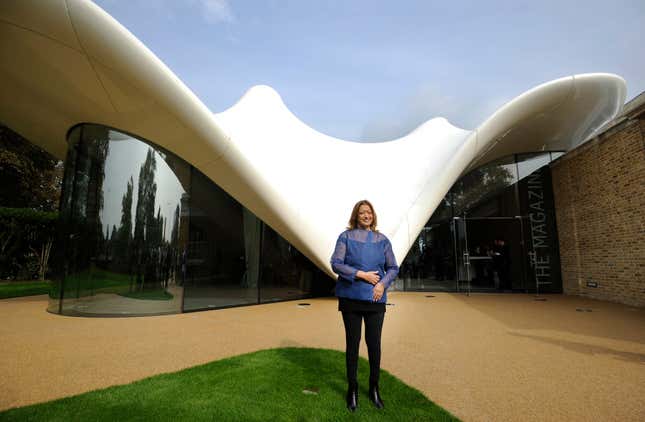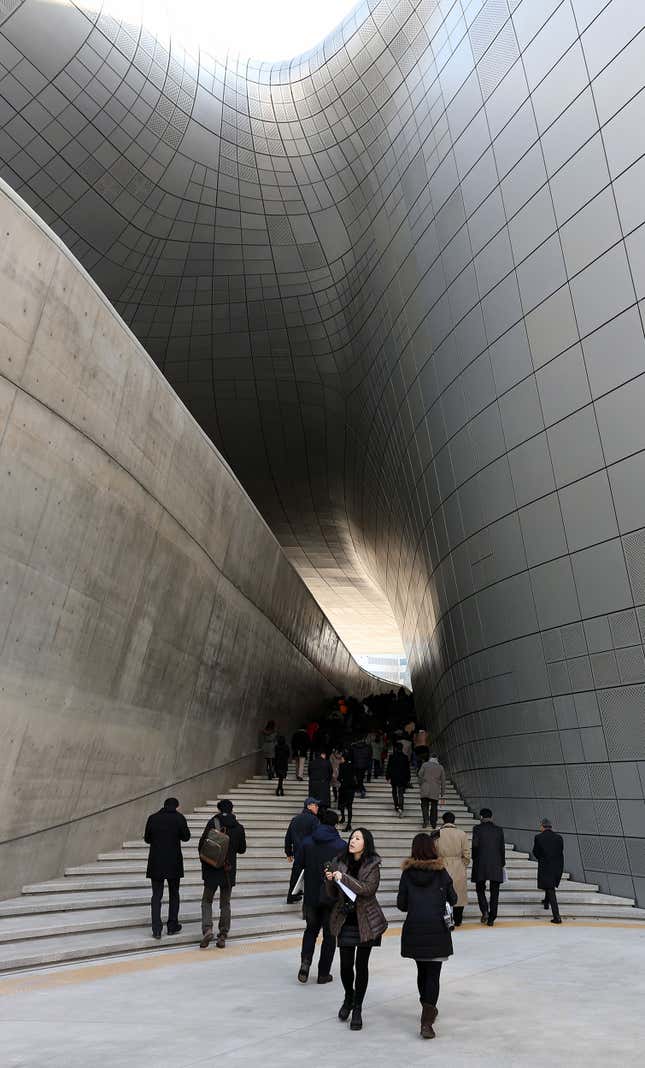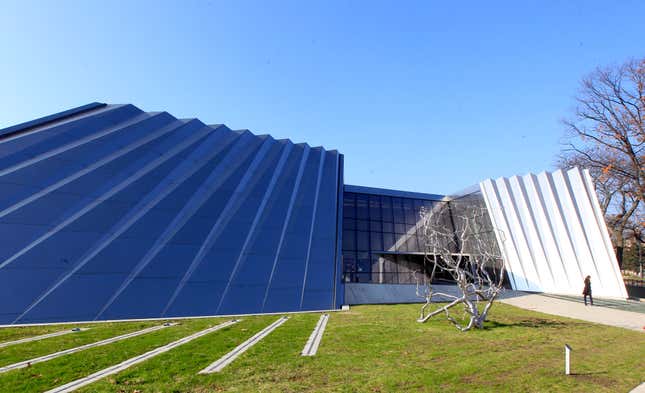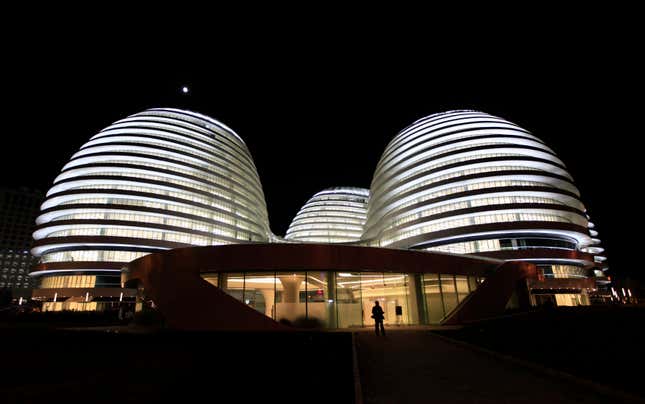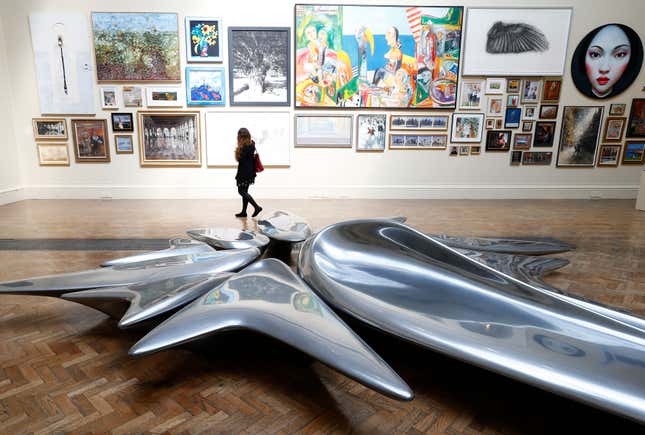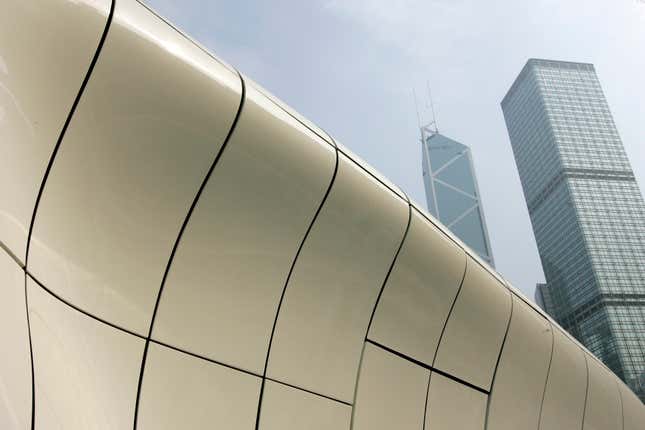One of contemporary architecture’s biggest stars, the Iraqi-born, London-based Zaha Hadid, died in Miami of a heart attack today, Mar. 31. She was 65.
Hadid, the only female member of the elite tribe of so-called “starchitects,” celebrities of the profession, was the winner of the prestigious Pritzker Architecture Prize and was the first woman to receive the Royal Institute of British Architects Gold Medal.
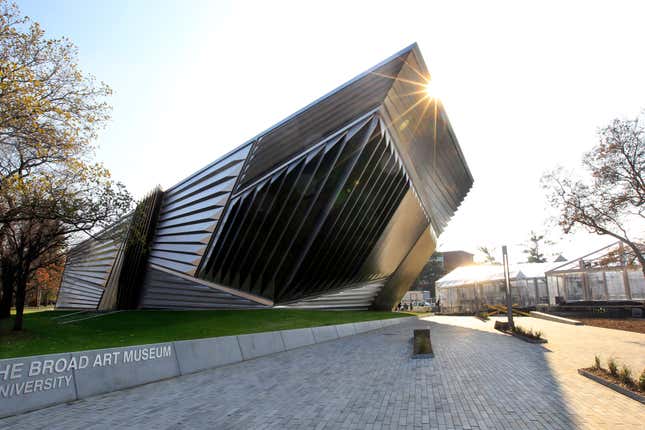
“She had contracted bronchitis earlier this week and suffered a sudden heart attack while being treated in hospital,” her firm, Zaha Hadid Architects, said in a statement. “Zaha Hadid was widely regarded to be the greatest female architect in the world today.”
“Working with office partner Patrik Schumacher, her interest was in the interface between architecture, landscape, and geology; which her practice integrates with the use of innovative technologies often resulting in unexpected and dynamic architectural forms.”
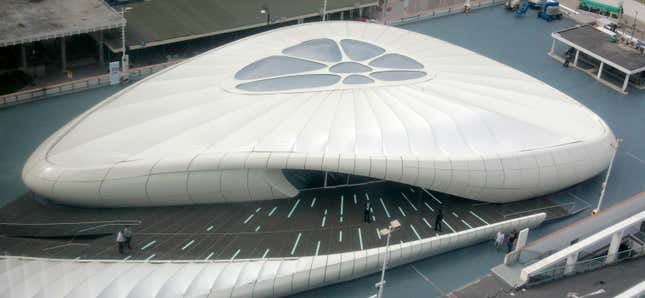
Hadid was known for imaginative, gravity-defying structures, including the London Olympic Aquatic Centre, the MAXXI museum in Rome, and the Guangzhou Opera House in China. In addition to accolades, Hadid’s work has also received criticism. She did not shy away from designing for autocratic regimes including Qatar and Azerbaijan, both known to violate human rights.
Nevertheless, in a field that has often disregarded women and championed men, Hadid’s career was a beacon to many female architects. She established her practice in London in 1979, and was named a Dame in 2012.
